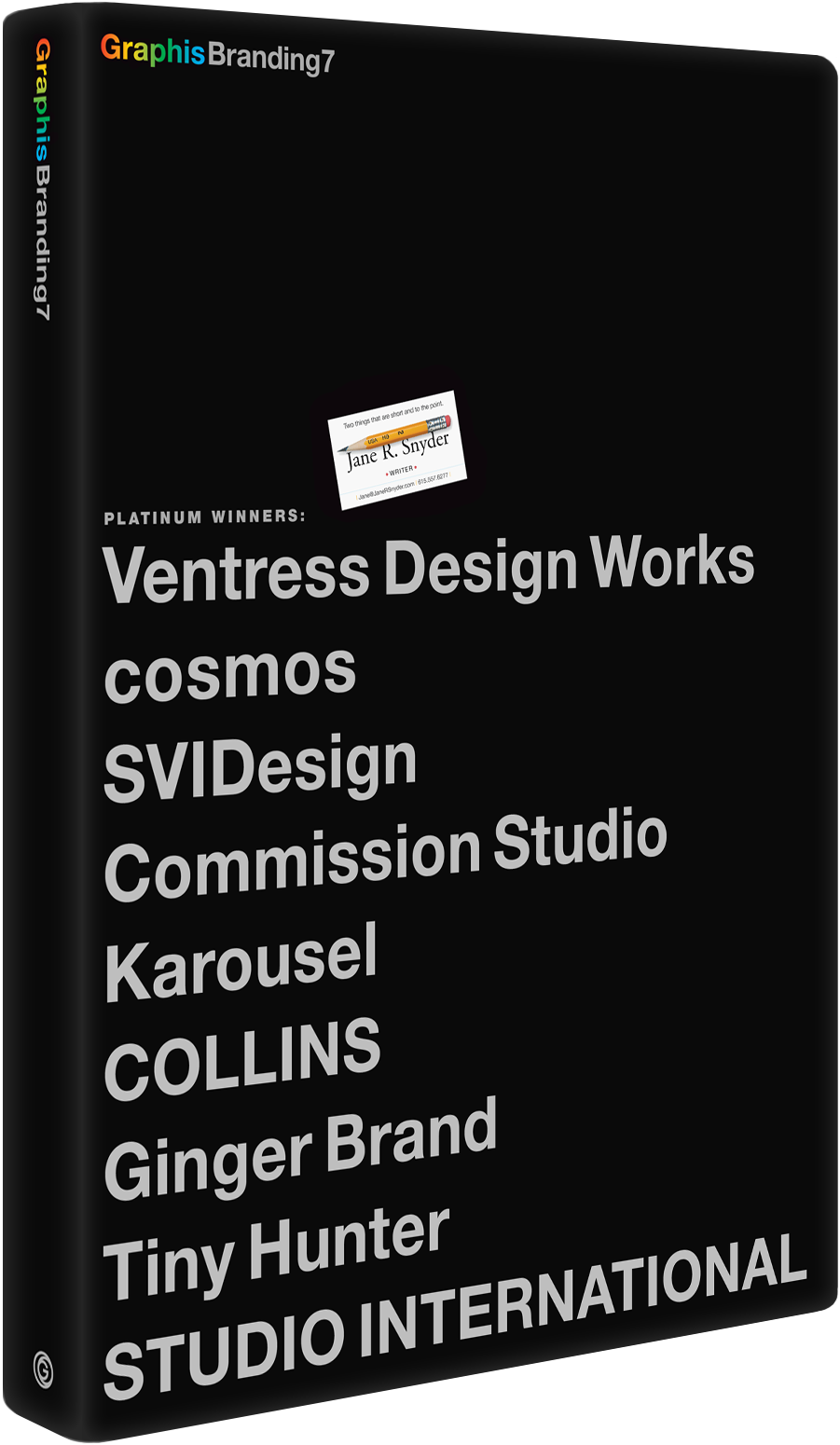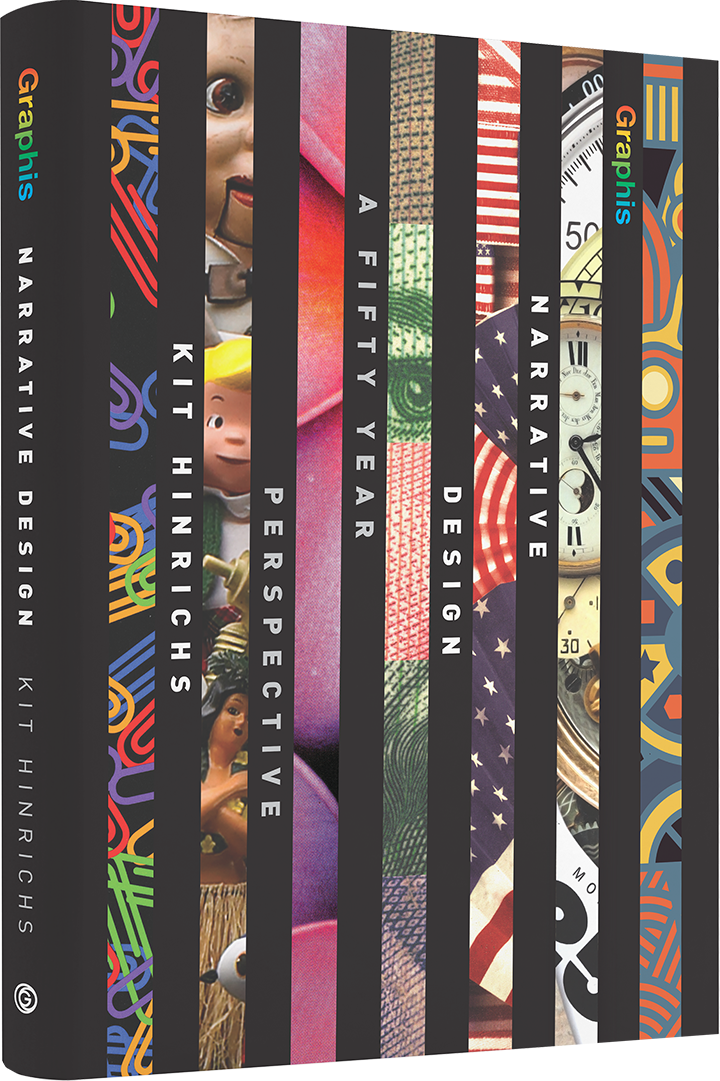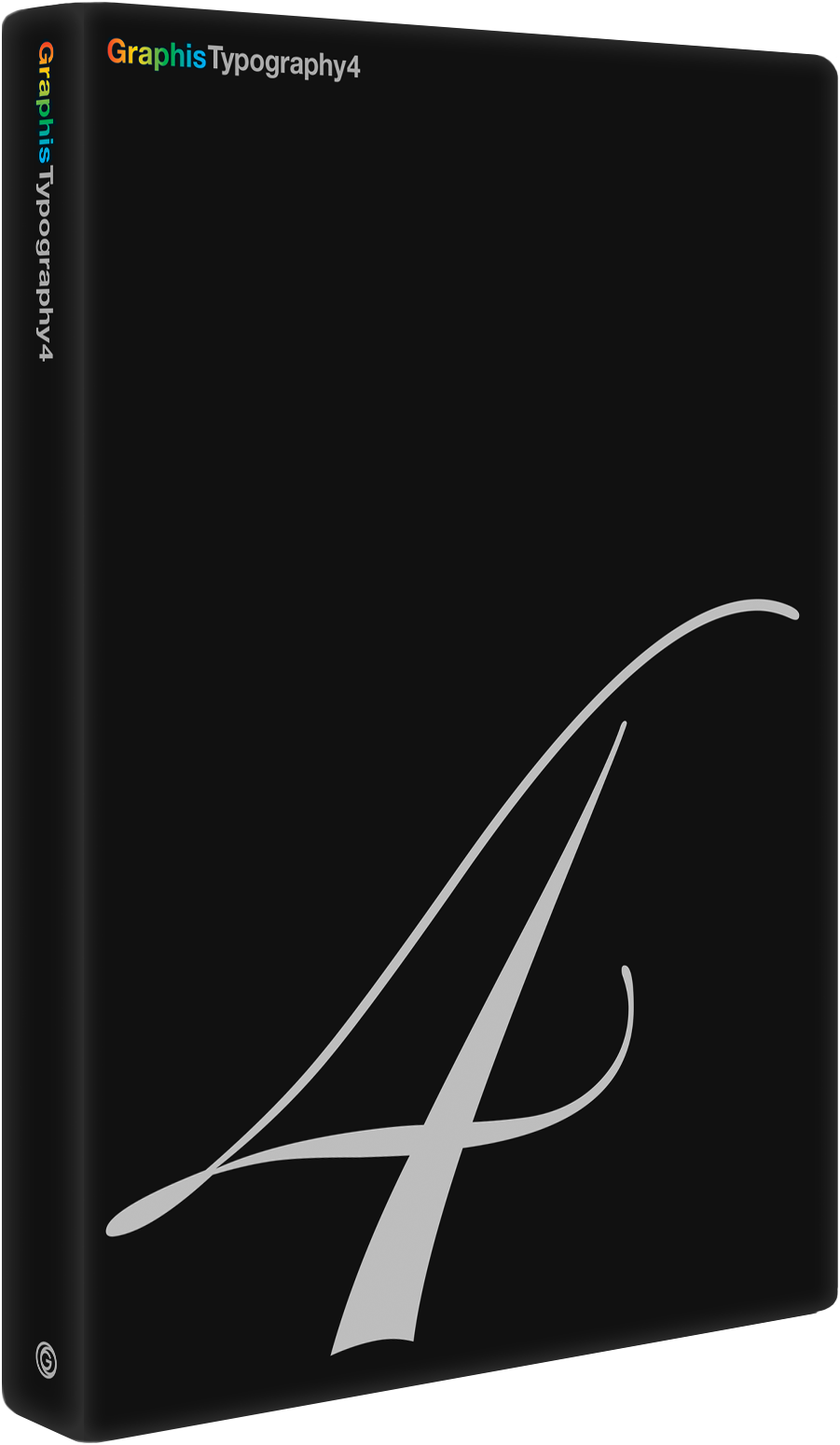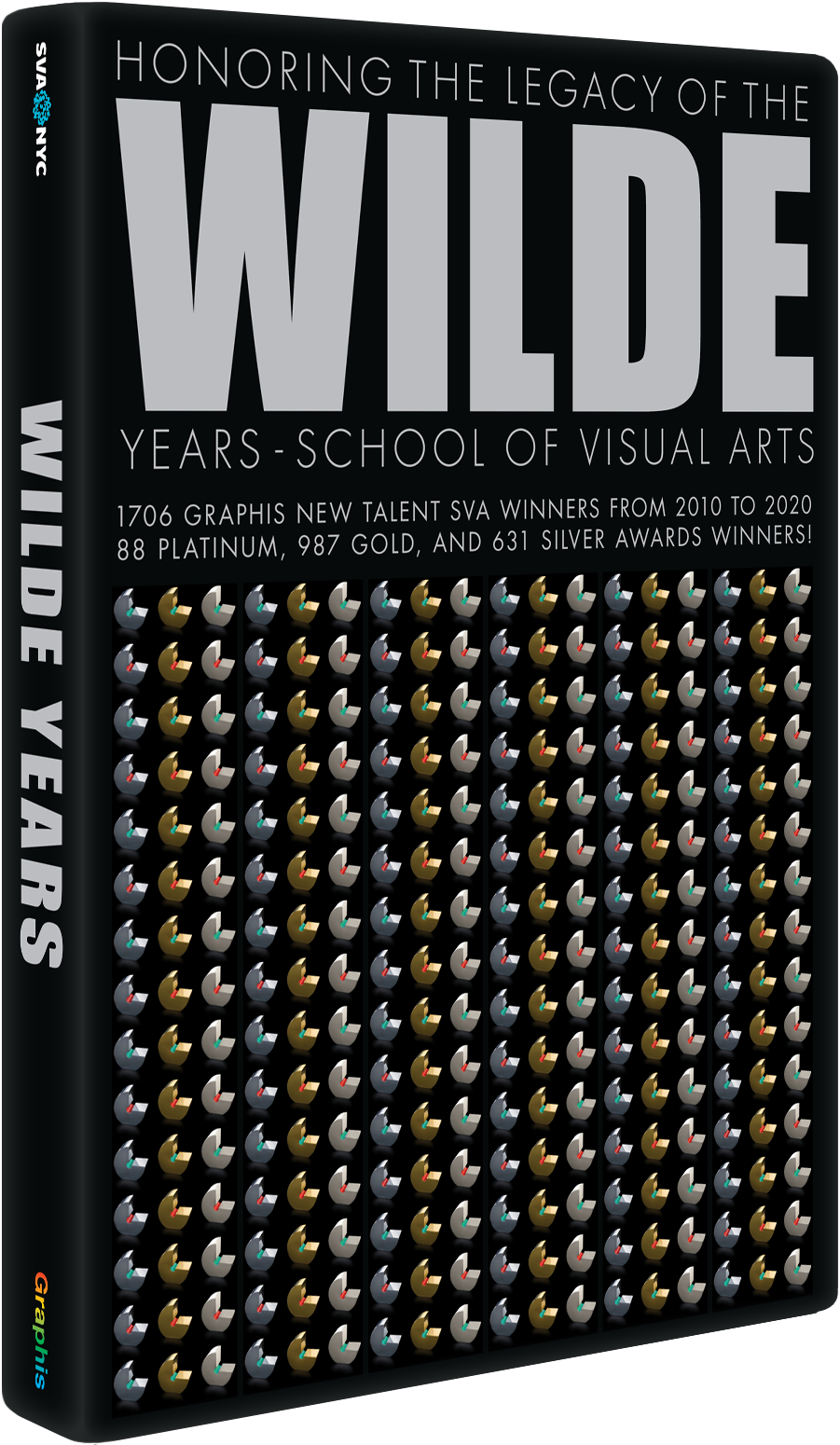Gunter Rambow on Art, Influence, and Unexpected Friendships
Meeting by chance at a poster triennial in Japan, Gunter Rambow and Stasys Eidrigevicius sparked a creative friendship that would span exhibitions, artistic exchanges, and champagne-fueled mornings in hotel rooms. Explore the life of Gunter Rambow in his words—an icon in graphic design whose work blends fierce independence with deep influence, from glass painting to the Frankfurt Opera.
Introduction by Stasys Eidrigevicius
I first met Gunter Rambow when we were both on a jury at the International Poster Triennial in Toyama, Japan, in 1997. All the jury members went around and put single-color labels on their chosen posters. I decided to ask Gunter if he liked a given poster. He answered yes, and we put together two votes on that poster. Other jury members started following us. Gunter and I were fast friends, and later, he proposed to me two shows at Germany’s Gustrow Museum and in his gallery; it was professional, but it strengthened our bond. Later, I went to the National Museum in Poznan, Poland, to attend Gunter’s exhibition “Wernisage,” and I traveled to Gustrow for his 70th birthday. While in Gustrow, Gunter asked me to help him draw a face for his new poster project. I drew the face, and he was happy. Later, he made a trip to bring that poster to me, but he left it on the train! (Afterwards, he sent another copy by post.) Another time, Hunter invited me to Frankfurt, Germany, where there was a ceremony to give him a great German art prize. I remember breakfast in his hotel room—breakfast with champagne.
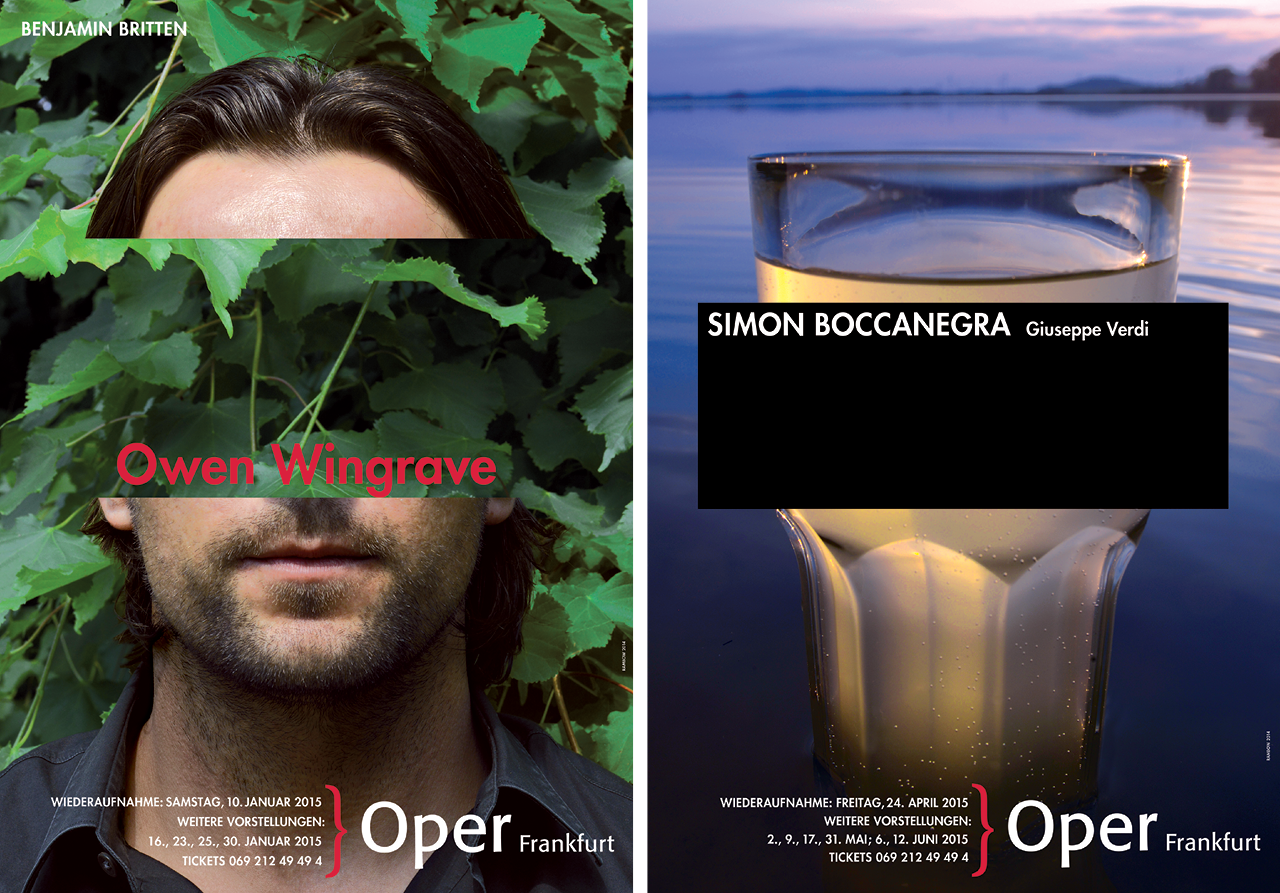
What inspired or motivated you in your career?
My school enrollment in Mecklenburg was in 1945, and the Soviet occupying force ordered that all schools only use the old school books from the Weimar Republic. The typography in my book was a German Fraktur and was full of illustrations by Ludwig Richter. My father gave me a casebound drawing book with white pages, and I filled it with drawings like Ludwig. Later, the works of Pierre Bonnard, Lucian Bernhard, Jules Cheret, Henri de Toulouse-Lautrec, and John Heartfield were important inspirations for me.
What is your work philosophy?
I would like to quote my friend Adam Seide, who died in 2004: “Food, drinks, girls, walking around, friends, reading, gaping, dossing, etc., influence one directly. Therefore: Eat slowly, don’t drink too hastily, take your time (when making love), be friendly, embrace the new, go slow-paced, and gape romantically.”
What is the most difficult challenge that you’ve had to overcome?
When starting a piece, I have to overcome myself, break down my own barriers, and find a starting point. This is the most challenging situation before every job.
Who is or was your greatest mentor?
My professor, Hans Hillmann, was my greatest teacher and my most important mentor.
Who were some of your greatest past influences?
The works of John Heartfield and the works of my teacher Hans Hillmann.
Who among your contemporaries today do you most admire?
Stasys Eidrigevicius.
What would be your dream assignment?
I am glad to have it already: I get to design the posters for the Frankfurt Opera.
Who have been some of your favorite people or clients you have worked with?
Jörg Feurich—he was responsible for the design of the Hr3 Hessen television, and I had the job to do this design, short films, studio furnishing, stage play, and more.
What are the most important ingredients you require from a client to work successfully?
A most alert indifference towards my work.
Your work has often had a political edge. What’s the meeting point between design and politics?
When I read the newspaper in the morning, I feel rage, but I also feel humility, and then I react by using design.
As a teacher, what have you tried to impart to your students?
To see the world, to try to understand, and to arrange matters.
How did your background as a glass painter and artist influence your visual style?
Absolutely. The mosaic and the glass painting (windows and black dot painting) were oppositions one had to learn to handle. While working on these things, one also became a part of art history (Byzantine, mosaic, etc.).
Your illustrious career is still going strong. How do you keep up your creative energy?
My wife and I are always open-minded and very curious, and we talk about everything.
What is your greatest professional achievement?
It has yet to come.
What is the greatest satisfaction you get from your work?
In the end, a great weariness comes, and I can sleep well.
What part of your work do you find most demanding?
My project with my students in 1976–78 was the most demanding work I’ve done. We made a book called ...All of Them Are Pictures From the Street, and Syndikat published it.
What professional goals do you still have for yourself?
Sometimes I say to my wife that it would be great to design the posters for the New York Opera, but then I remember that I actually do create the posters for the best German opera—sometimes the best opera in the world—and I think I should be grateful for that.
What advice would you have for students starting out today?
Study the worst sorts of world criminals. Every day. And keep your independence.
What interests do you have outside of your work?
To drive to the Baltic Sea and gape there...
What would you change if you had to do it all over again?
Everything that happened in my life was led by coincidence. I can only hope that fate will continue to have mercy on me.
Where do you seek inspiration?
Always in my direct surroundings.
How do you define success?
My inner joy is the indicator of my success. Sometimes, it only depends on minimal things.
Where do you see yourself in the future?
Not with a walking stick or wheelchair.
Gunter Rambow is an award-winning graphic designer and photographer based in Güstrow, Germany. He studied glass painting at Staatliche Glasfachschule Hadamar and later graphics at HBK Kassel. He has been a graphic design and visual communication professor at Gesamthochschule Kassel, Tongji University, and HfG Karlsruhe, where he is an emeritus professor.
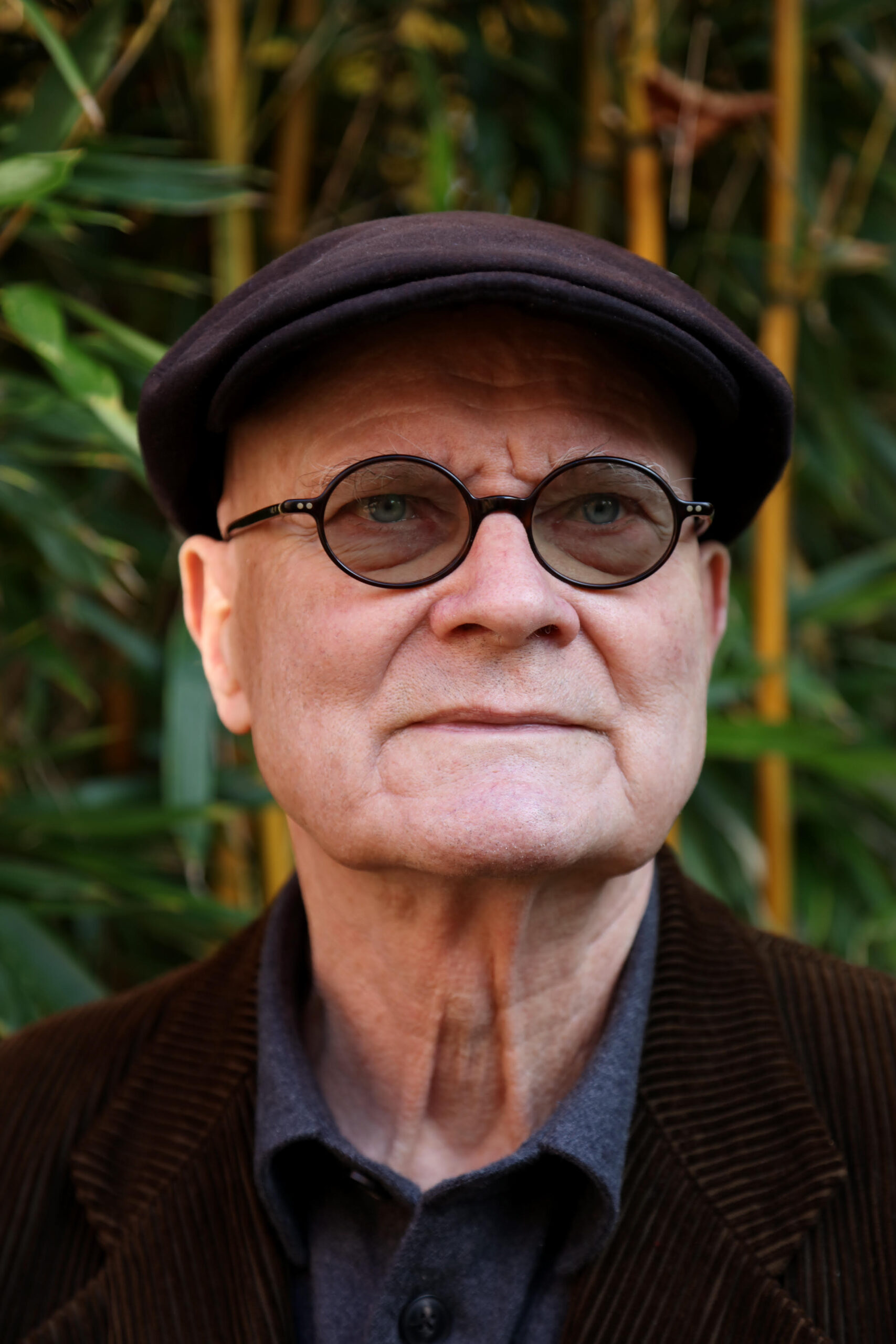
Social: Instagram
To discover other icons in issue #356 of The Graphis Journal, click here.
You may also like
From Athletes to Aviation, Robert Seale Frames It All
Featured in Graphis Journal #386, Robert Seale is a photographer whose work bridges editorial, commercial, and industrial…
Read MoreWhere to Next? Student Team of Ross, Why? Reimagines Birkenstock
This is student work—and it’s award-winning. In “Where to Next?”, a team working under the name Ross,…
Read More
Related Annuals & Publications
View AllBecome a Graphis Member
- 1-Year Membership Subscription
- Enjoy 50% off on Call for Entries
- 1-Year FREE Subscription to Graphis Journal
- Your Portfolio online with profile + links
- Get 20% off on Graphis Books
